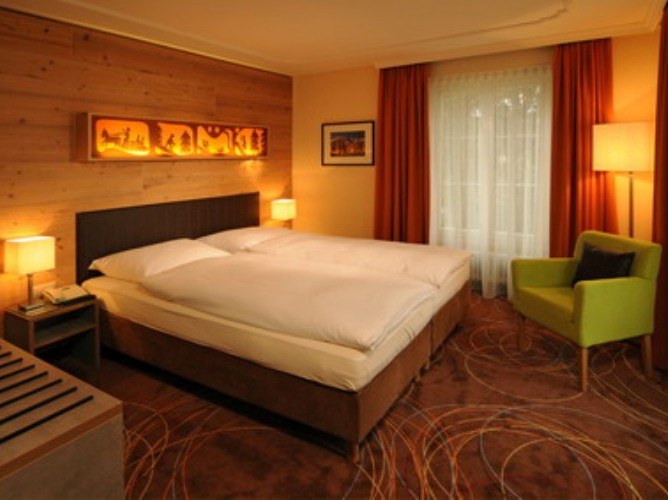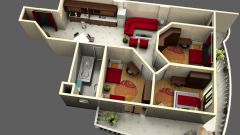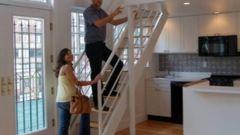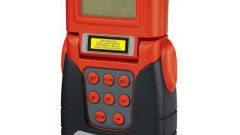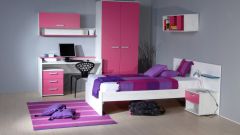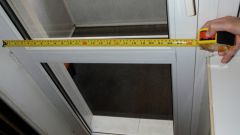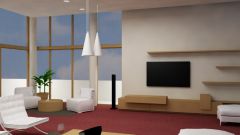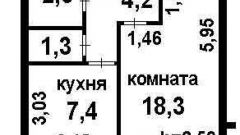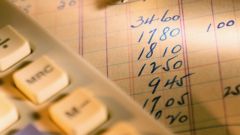You will need
- measuring tape;
- - a sheet of paper;
- pencil;
- calculator.
Instruction
1
For the room, having the shape of a rectangle or square, use the appropriate formula that uses information about the lengths of the sides of these geometric figures:
S = A x B, where
S – area;
A and B are the lengths of the sides of the rectangle.
S = A x B, where
S – area;
A and B are the lengths of the sides of the rectangle.
2
Move from the walls to the furniture and produce measurement by using a measuring tape. Using the help of a partner, measure the length of the walls at the plinth, preventing deflections of roulette and excessive tension.
3
Data measurement in meters and clamp on a piece of paper. Multiply the measured length of the room to its width. As a result, you will get the desired floor area, expressed in square meters. For example, if the length of the room amounted to 5.3 m, width – 3.8 m, the area will grow by 5.3 x 3.8 = 20,14 sq. m.
4
If the room has an irregular shape, for convenience of calculations draw on a piece of circuit. The scheme can be drawn arbitrarily, without observance of the exact proportions; the figure passed the outlines of the room.
5
Divide the space of the room in the picture for a few simple geometric shapes. Using a tape measure make the measurement of selected elements and record the results next to each dividing line. Consistently calculate the area of all the shapes that make up the space of the room. Add the individual squares to get the desired overall result.
6
To calculate a composite circuit element having the shape of a right triangle, use the formula:
S = (A x B) / 2, where
S – the area of a triangle;
A and B are the lengths of the legs;
x is the multiplication sign.
S = (A x B) / 2, where
S – the area of a triangle;
A and B are the lengths of the legs;
x is the multiplication sign.
7
Conducting the calculation of the square room, with niches, ledges, columns and other structural elements, be sure to consider their presence. Depending on the kind of element they occupied the area you want to add to the area of simple figures or, conversely, subtract from it.
